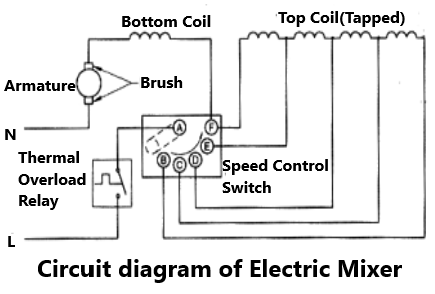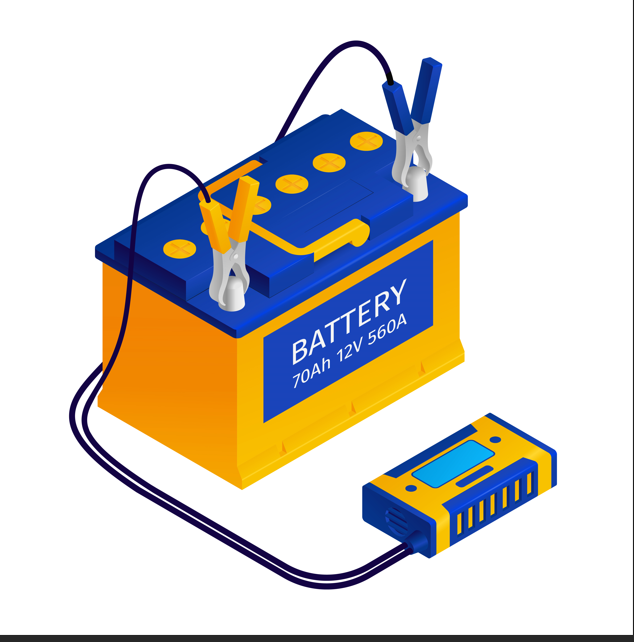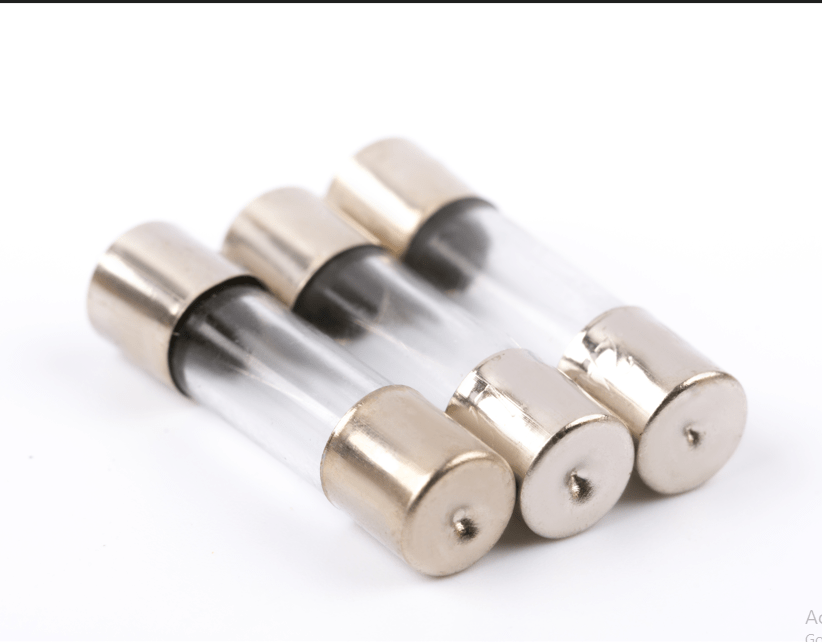Table of Contents
ToggleMixer Troubleshooting
|
Fault |
Possible Reason |
Solution |
|
Motor is not running |
1. No voltage or Low voltage |
1. Check the supply voltage with |
|
Supply voltage is correct. But motor is |
Overload in the jar and hence overload protector may get tripped |
Press the overload relief button and remove some materials in the jar. Now restart. |
|
Motor rotates at same speed in all speed settings |
May be loose connections in the regulator |
Check and solder the wires at |
|
Excessive heat produced |
1. May be any short circuit in armature or field coils. |
1. Do the continuity test. If there is an short circuit fault, do the service. |
Function of Mixer
Mixer and Grinder is a kitchen appliances that facilitates task related with mixing and crushing the food. These electric machines are very much helpful as they save time and energy. There are number of attachment like blades, disc, jars etc. comes with these appliances to facilitate different uses to make the food more full of flavor and yummy.
Construction of Mixer

The various parts of Electric Mixer are explained as below.
Motor
The motor used in Mixer is Universal motor, which is nothing but Series motor having both armature and field. The special feature of this motor is that it can be operated both in AC and DC supply. The armature core is made of silicon steel alloy and laminated to avoid eddy current and hysteresis losses. This motor provides a very good torque and its speed is regulated either by tapped field coils or tapped resistance in series. The power rating of motor would be about 500 W, operates on 220/204 V, 50 Hz AC supply. The no load speed would be about 18000 rpm with a full load speed of about 10000 rpm. The motor is housed in base of Mixer body.
Blender and Grinder
Normally each Mixer is associated with 3 kinds of jar of different capacity. The name and function of each jar is given below.
Big Jar- This can make shakes, lassi or Plastic other drinks or cocktails. It is also used for blending and stirring. Liquid can be filled upto ¾ of the blender capacity. This jar also can be used for butter churning, egg whipping, Mincing meat, grating vegetables, nuts and coconuts, crushing ice etc.
Medium and small jar- This is used to grind small quantities ( according to jar capacity) of dry/wet (depends according to the manufacturer) substances like coffee power, condiments, curry powder, nuts, black pepper, chutneys, spices etc, for day to day use.
Blades
Blades are made of good quality stainless steel and will therefore give high life. Each jar will have its own blades according to its purpose. Jars are designed to grind dry or wet substances. So it is advisable not to interchange the blades from one jar to other.
Speed control:
For speed control purpose, the tapped field coils are normally employed in Mixer motor. The tapped field coils as shown in diagram, enables speed selection through a rotary switch provided in the Mixer. Normally 3 speed levels (1, 2 and 3) will be provided in the Mixer motor. By turning rotary switch clockwise, we can get speeds 1, 2 or 3 as desired.
For inching purpose, it is required to turn rotary switch anti-clockwise for a few seconds and release for momentary operation. (This is especially useful for wet grinding of chutneys, mincing meat, grating vegetables, crushing ice, etc.).
Auto Overload Protector
Almost all brands of Mixers will be fitted with a overload protector. In case of overloading or severe fluctuation, the overload protector will trip automatically. This ensures that the Mixer motor is protected. If the Mixer stops in usage, due to operation of the Overload Protector, then do the following:
i) Switch OFF the supply to the Mixer.
ii) Decrease the load by removing some materials, which is being ground, from the Jar.
iii) Wait for 3-4 minutes.
iv) Press the overload relief put on and restart the Mixer.
Other features such as Jar mounting lock (fixing) and proper lid closing are included in the appliances.
Circuit Diagram of Mixer

General Operating Instructions
1) Place the rubber sealing ring on the base of the blade assemble. Screw the blender in the assemble until tight. 2) Place the ingredients in the blender. 3) Place the lid on the blender. When the motor is running, only the centre stopper should be removed to add water for the free circulation of materials. 4) Switch on the motor. 5) If a material sticks to the sides of the Jar, stop the Mixer and stir using stirrer. Then run again. 6) When the operation is complete, Switch OFF the Mixer. Wait for few seconds till the motor stops completely and then remove the blender.
How to Cleaning electric Mixer?
Body and Top Cap: Clean body and Top Cap with a damp cloth and wipe dry. Do not use abrasives or water for cleaning.
Stainless Steel Jars and Blades: Fill in ½ litre of lukewarm water and a teaspoon of any mild cleaning power. Run the unit on speed 1 for 30 Seconds. Rinse and dry. Always store Jars in inverted position, to allow water to drain off.
Caution
- Do not run the motor without any load.
- The motor should not be run for more than the specified time( prescribed by the manufacturer)
- Do not operate unless Jar and Dome are in proper position.
- Do not grind hot ingredients in the Mixer.
- Do not add solid ingredients, when the Motor is running.
- Do not add big ice pieces while making cold drinks. Crush the ice and put into the blender.
Before using Mixer, read the operation manual given by the manufacturer thoroughly.


